On the average move number of a chess game
The question on the average move number of a chess game occurs frequently in online chess communities (fi. Yahoo, Chess Stack Exchange, Schachfeld). Easiest is to present some statistics from large databases. These are the ChessBase Mega Database 2015 that contains around 6 million games from human players, the ChessBase Correspondence Database 2013 containing around one million games from postal, e-mail and server chess (but no quickplay server games), and a database of around 4 million computer games played on Schach.de recorded 2000–2007 by Michael Wäsch. Unfortunately Wäsch’s databases are not offered for download any longer. The diagrams were generated employing ChessBase 12.
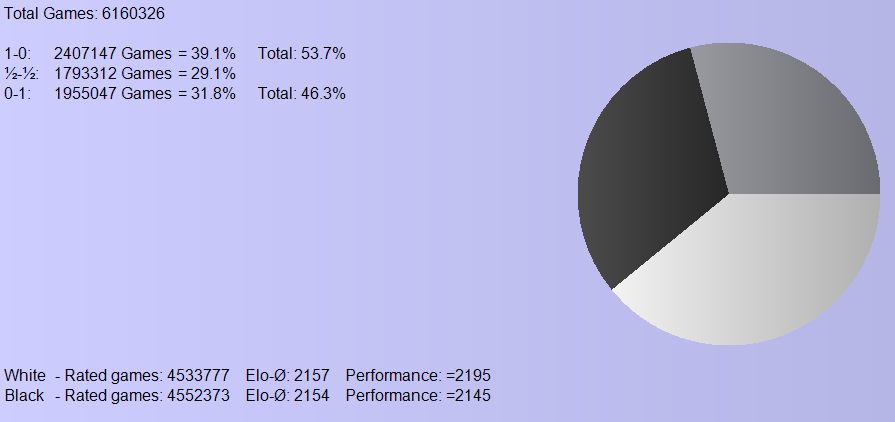
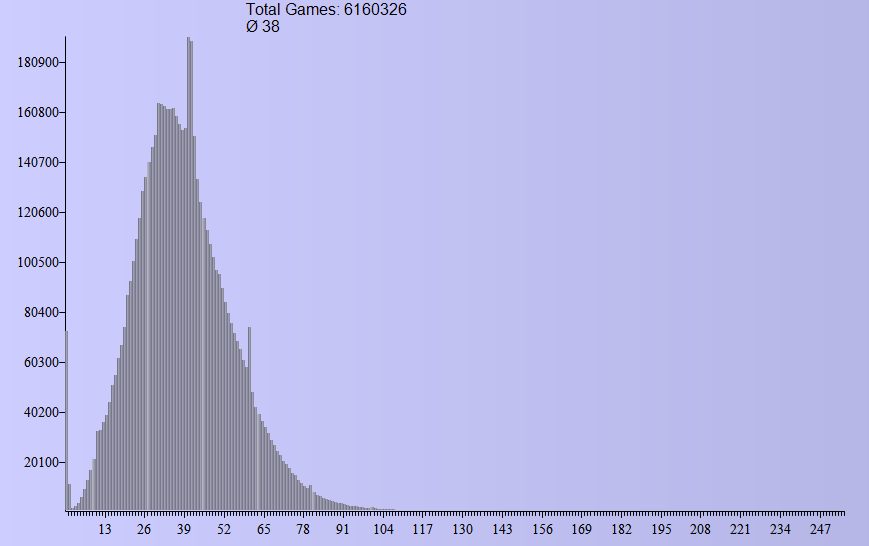
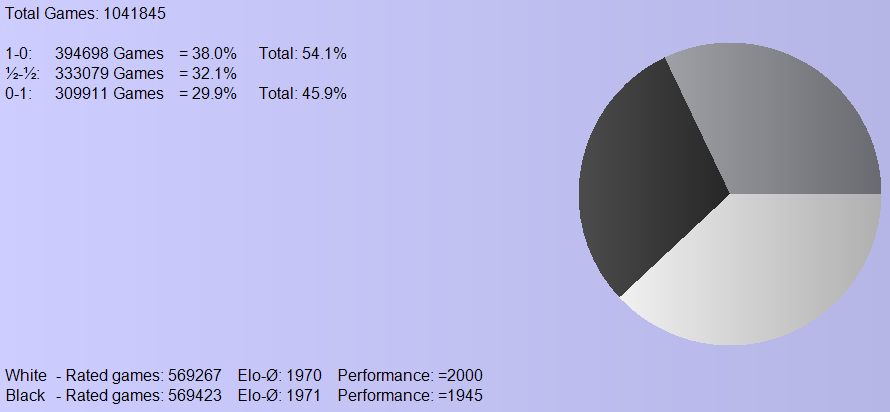
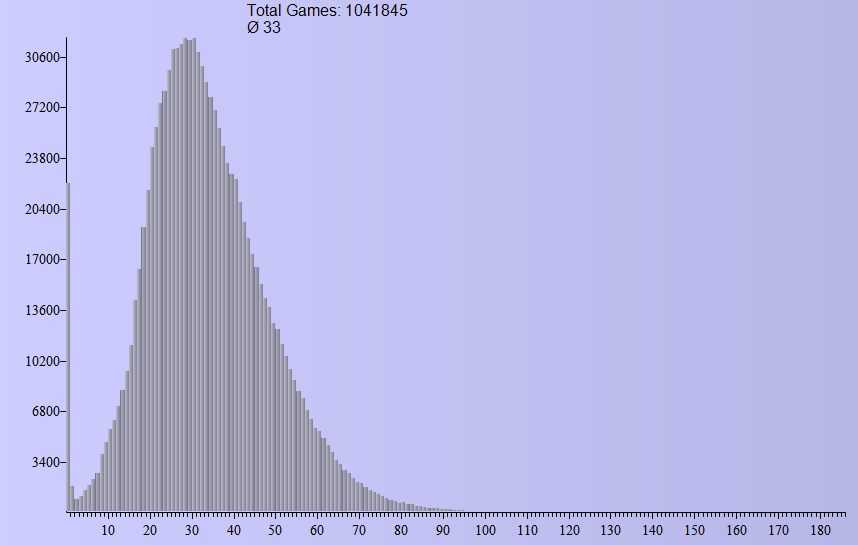
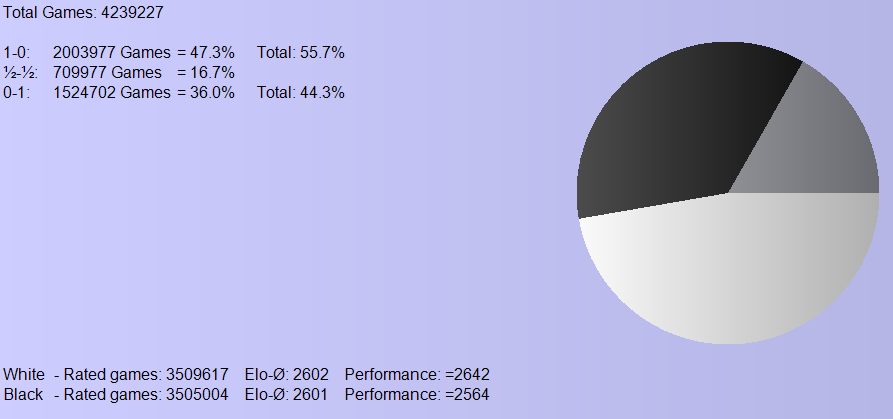
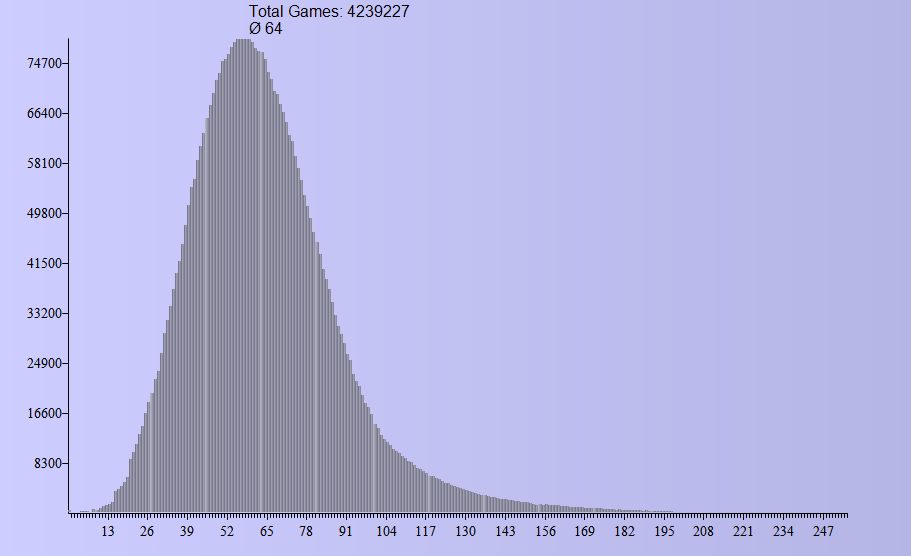
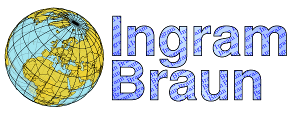
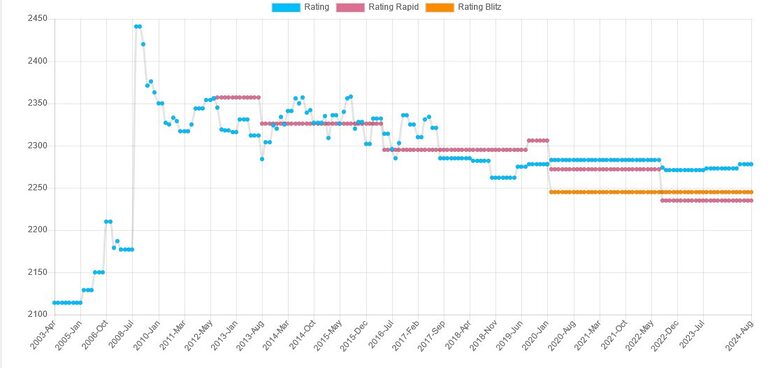
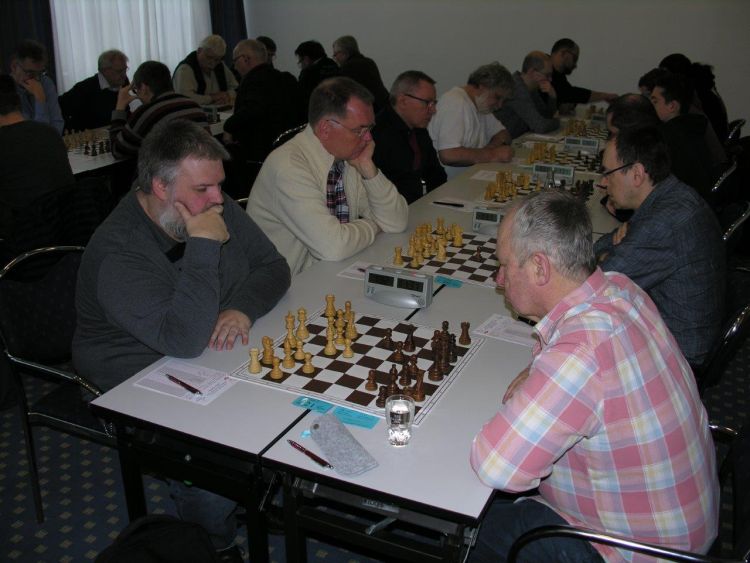


Also, it would be useful (for a discussion we are currently have in our chess league about increment over adjudication) if you could say what % of games last longer than 42 moves.
The statistics function of the Chessbase program is quite primitive. It contains only basic statistics on length, results and ECO codes over a dataset that can be varied by search. In MegaBase 2018 incl. the latest online updates there are 4,614,125 games of length 1–42 and 2,622,697 of length 43–300.
What I would do if I were in your place is to convert the MegaBase into PGN and then reading it with a script in a programming language that provides a PGN parser, fi. Perl (Chess::PGN::Parse module on CPAN). This would be an easy way to do some serial statistics as indicated in your first comment. And you can do some optimizations on your dataset, fi. skip blitz and rapid games since they are marked in the headers of games from MegaBase.
This is very well written, thank you.
Is there any chance you could say from the 2015 Megabase data what percentage of games last longer than 10, 20, 30, 40, 50, 60, 70, 80, 90 moves?
Best wishes,
Alex